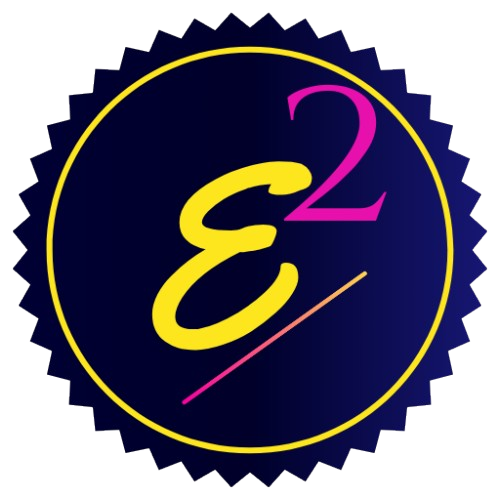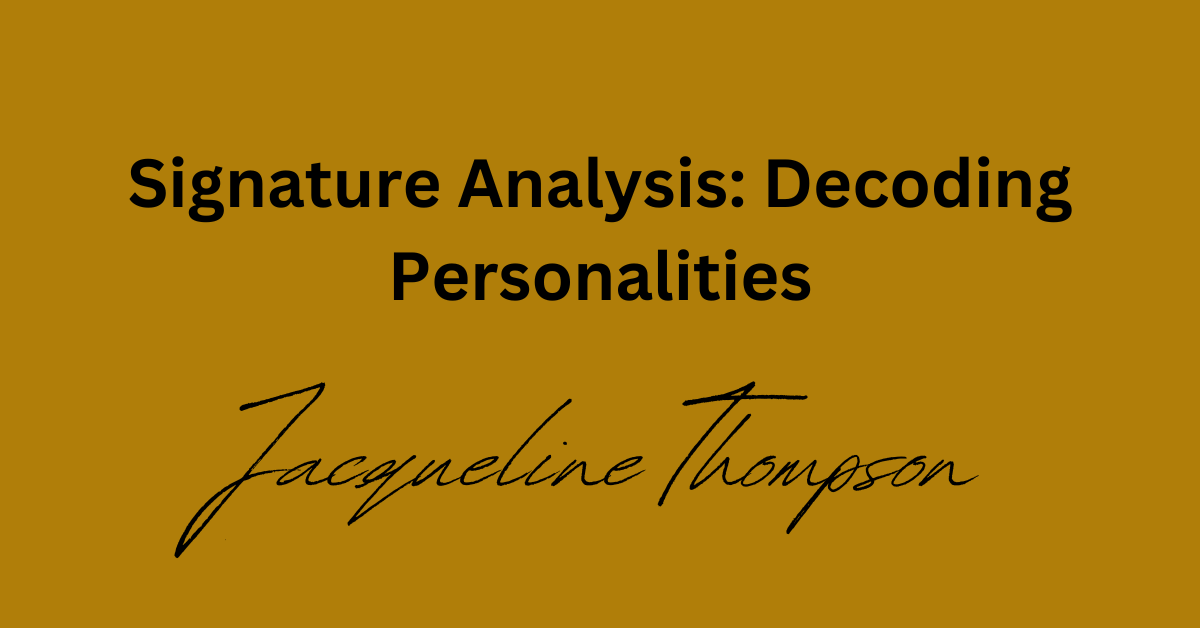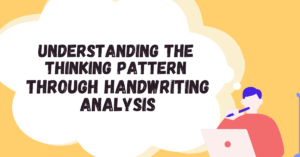Table of Contents
Signature Analysis: Decoding Personalities
Signature analysis, a facet of graphology, delves into the psychological nuances embedded within one’s unique signature. Unlike a mere mark of identity, a signature is a powerful expression of personality traits and emotions. The methodology involves scrutinizing various elements, including size, pressure, slant, and legibility. A large, assertive signature may signify confidence, while a smaller, more private one suggests modesty. The pressure applied and the slant of the signature unveil emotional states, offering insights into one’s mental landscape. While critics question its scientific validity, signature analysis provides an intriguing perspective, contributing to a broader understanding of human behavior and self-expression.
Signature analysis, often overlooked in the realm of personality assessment, holds a unique and intriguing place in the world of graphology. A person’s signature is more than just a mark on a piece of paper; it can be a window into their inner world, revealing aspects of their personality, emotions, and even hidden talents. In this blog post, we delve into the art and science of signature analysis, exploring its history, methodology, and the fascinating insights it can provide.
I. The History of Signature Analysis:
To understand the significance of signature analysis, we must first journey into its historical roots. The practice of analyzing signatures has ancient origins, dating back to cultures that believed in the mystical connection between one’s written mark and their soul. Over time, signature analysis evolved, influenced by various psychological and behavioral theories.
II. Methodology and Techniques:
Modern signature analysis combines elements of graphology, psychology, and behavioral science. Graphologists examine the size, slant, pressure, and various other aspects of the signature to uncover patterns and traits. The stroke, speed, and fluidity of the signature are also considered, offering valuable clues about the writer’s emotions and state of mind during the signing.
III. What Your Signature Reveals:
A. Size and Placement:
- Large signatures may indicate confidence and a desire for attention.
- Small signatures might suggest modesty or a desire for privacy.
- The placement on the page can reveal aspects of assertiveness or submissiveness.
B. Legibility:
- A clear and legible signature may indicate transparency and straightforwardness.
- Illegible signatures may suggest a desire for privacy or a complex personality.
C. Pressure:
- Heavy pressure may indicate intensity, determination, or strong emotions.
- Light pressure may suggest sensitivity, gentleness, or a more relaxed disposition.
D. Slant:
- A rightward slant may suggest a forward-looking and optimistic nature.
- A leftward slant may indicate a reflective and reserved personality.
IV. Real-World Applications:
Signature analysis is not confined to mere curiosity; it has practical applications in various fields. Employers, for instance, may use signature analysis as part of the hiring process to gain insights into a candidate’s personality traits. Therapists might utilize it to understand their clients better, fostering more effective communication.
V. The Controversy and Skepticism:
Like any area of pseudoscience, signature analysis has faced its fair share of skepticism. Critics argue that the interpretations are subjective and lack empirical evidence. It’s essential to approach signature analysis with an open mind, recognizing its limitations while acknowledging the potential insights it can offer.
VI. Ethical Considerations:
As with any tool for personality assessment, ethical considerations must be at the forefront. It is crucial to respect an individual’s privacy and obtain consent before attempting to analyze their signature. Signature analysis is not a replacement for professional psychological evaluations but can be an intriguing complement.
Conclusion:
In the intricate dance of ink on paper, signature analysis unveils a canvas of personality traits and emotions. While it may not be an exact science, the art of decoding signatures adds a layer of understanding to the complex tapestry of human behavior. So, the next time you sign your name, consider the hidden messages within your strokes – your signature might be saying more than you think.



